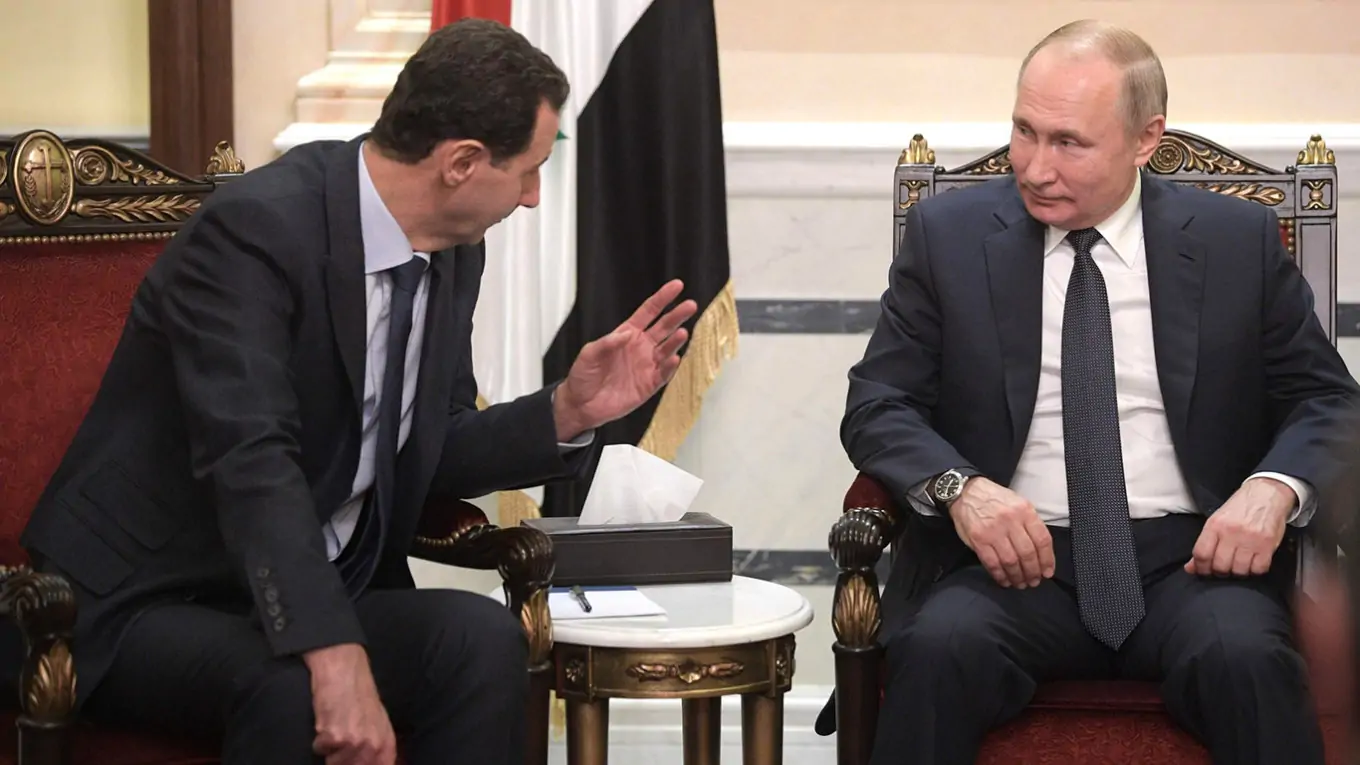
———tens of millions are food insecure—-
Aklog Birara (Dr)
In the aftermath of potential fracturing of the Ethiopian Orthodox Tewahido Church (EOTC) that mobilized and unified tens of millions of Ethiopians across the globe as never before and the seemingly positive but aborted outcome that ensued, I began reflecting on what I learned from this latest episode.
First, I concluded that Ethiopia’s ethnic federalism is incurable. Regardless of ethnicity and faith, income status or other, Ethiopians must chart a new post ethnicity, just, inclusive, citizenship based and democratic future.
On the positive side, the overarching lesson I draw from this latest incident and gyration is that, despite more than three decades multifaceted ethnic blitz, Ethiopian society, especially its youth population places huge premium on the primacy of Ethiopian institutions, on Ethiopia as a country and on Ethiopiawinet as national identity. Muslims, Protestants, Catholics, and agnostics joined the EOTC cause because of a common thread that is stronger than the rest of the world recognizes.
But this popular uprising in defense of the one and only national institution that binds the Ethiopian people (the EOTC), has yet to produce strong Pan-Ethiopian civil society organizations, change champions with gusto and wisdom and more important independent, viable political parties with compelling vision and concrete goals.
Simply put, the challenges that erupted immediately after Peace (Pretoria) and Disarmament (Nairobi) agreements were signed and the most recent debacle associated with the EOTC offer Ethiopians and their organizations an unmatched opportunity to re-examine their souls, values and paradigm of thinking, their political and social cultures, futures; to identify the commonalities that bind them as human beings and as Ethiopians; and compel them/us to re-assess institutions, and structures that keep us divided and confused.
It is worth repeating that Ethiopia cannot afford to repeat strategic mistakes over and over.
I also began asking myself whether Ethiopians ought not to focus in earnest on the bigger picture and the intractable institutional and structural root causes that keep the society sill conflicted, polarized, war prone, fragmented, still food insecure, dependent on foreign aid and increasingly inequitable.
For example, I keep thinking how my children or I would feel if barred from entering Addis Ababa from the Amhara region or other etc.
Three core policy matters that demand independent assessment and the crafting of alternatives come to mind: a) the imperative and urgency of changing Ethiopia’s ethnic federal constitution and system b) the importance of addressing the root causes of Ethiopia’s legendary poverty despite more than a decade of growth; and c) the imperative of forming and or establishing strong, viable, independent civil society organizations and political parties.
All three are doable. But they require the will to change, commitment and investments.
My current focus is on the political economy of development. I had argued numerous times before that Ethiopia has enormous potential to make poverty history. But this does not happen haphazardly. Ethiopia deserves a deliberate, well thought out, comprehensive, people-centered, and integrated development strategy and set of goals. To do this, the country needs peace, stability, and good governance.
What is the first development priority of the government?
The immediate and foremost priority in my view is to meet the basic needs of the Ethiopian people—food, water, sanitation and health services, shelter, electricity, and the like. Food insecurity serves as a breeding ground for terrorism, ethnic conflicts, and targeted ethnic killings.
Ethiopia’s top-most development priority must be the elimination of abject poverty and hunger throughout the country. An even- handed approach in the allocation of budgetary resources becomes important because poverty and hunger do not have ethnic boundaries.
Yesterday, I had an animated conversation with a former Ethiopian-military officer. He felt strongly that the price and marketing of Ethiopia’s domestic wheat is politicized at the cost of Ethiopian consumers. He opines that the state purchases wheat from farmers at lower than market prices and exports to half dozen African countries without first meeting domestic demand. This may or may not be true. What is true is that Ethiopian consumers, especially low-income citizens continue to suffer from food price hyperinflation.
Just last week, the Ethiopian Human Rights Commission (EHRC) urged the federal government of Ethiopia to give priority to more than 4.5 million internally displaced persons (IDPs) in Ethiopia, one of the largest in the world.
The World Food Program reports that “Ethiopia has made important development gains over the past two decades, reducing poverty and expanding investments in basic social services. However, food insecurity and malnutrition are still a major concern across the country; an estimated 20.4 million peoplecurrently require food support. This includes internally displaced persons (IDPs), who have had to leave their homes due to the conflict in the country’s north and the severe drought in south and southeast.” This is a huge challenge that must be addressed now.
The World Bank’s latest report confirms food insecurity that affects more than 20 million Ethiopians at present.
Asymmetry between high growth and low human development
On October 6, 2022, the World Bank, the largest multilateral donor to Ethiopia, reported as follows: “With about 117 million people (2021), Ethiopia is the second most populous nation in Africa after Nigeria, and still the fastest growing economy in the region, with 6.3% growth in FY2020/21. However, it is also one of the poorest, with a per capita gross national income of $960.”
Growth rates alone do not tell us much about human development. More telling is Ethiopia’s Human Development Index that has not budged for several years. “Ethiopia ranks 175 out of 191 countries on the Human Development Index. Ethiopia ranked 175th out of 191 countries on the Human Development Index (HDI) 2021/22, placing it in a low human development category.”
As of September 2022, Ethiopia’s strong growth rate of 6.3 percent achieved during war time is however not accompanied by meaningful changes in human development. Uneven development in HDI is also pronounced along regional and ethnic lines.
The structure of the Ethiopian economy remains largely rural and agricultural where more than 70 percent of Ethiopians earns a living.
There is a stark and qualitative difference in the standard of living of urban and rural communities. Nevertheless, the World Bank might be right “The consistently high economic growth over the last decade resulted in positive trends in poverty reduction in both urban and rural areas. The share of the population living below the national poverty line decreased from 30% in 2011 to 24% in 2016 and human development indicators improved as well.”
The key conclusion to which I want to draw your attention is that “Gains are modest when compared to other countries that saw fast growth, and inequality has increasedin recent years. Furthermore, conflicts in various parts of Ethiopia risk undermining the economic and social development progress the country has achieved in recent years.”
I repeat what the World Bank Director told me during my visit to Ethiopia. In the north—Afar, Amhara and Tigray regions, infrastructural and economic investments have been destroyed during the war. Relief and rehabilitation will require hundreds of billions of Birrs of investment capital that Ethiopia may not have.
I do hope UN Secretary General Antonio Guterres (currently in Ethiopia) pays a visit to the Afar, Amhara and Tigray regions and urge UN humanitarian and aid agencies to be even handed.
Ethiopia has a well-established track record or history of economic development plans, some successful and others not so. The World Bank acknowledges the current effort. “The government has launched a 10-Year Development Plan, based on the 2019 Home-Grown Economic Reform Agenda, which will run from 2020/21 to 2029/30. The plan aims to sustain the remarkable growth achieved under the Growth and Transformation Plans of the previous decade, while facilitating the shift towards a more private-sector-driven economy. It also aims to foster efficiency and introduce competition in key growth-enabling sectors (energy, logistics, and telecom), improve the business climate, and address macroeconomic imbalances.”
The Bank left out many aspects of poor governance such as bribery, corruption, nepotism, land grab, uneven allocation of federal government budget, unfair distribution of aid funds, inefficient administrative services as well as state/party and government led grandeur projects that swallow massive capital without making a dent in HDI. In other words, for reasons that escape me, the Bank neglected to mention controversial mega projects. One example comes to mind.
Is development about Abiy or Ethiopia?
On February 6, 2023, Le Monde wrote a piece under the title: “In Ethiopia, a pharaonic palacefor Abiy Ahmed, taken by delusions of grandeur.” It refers to Abiy Ahmed’s personal Chaka Projectthat the Prime Minister has in mind. “Artificial lakes, zoo, luxury villas… The building impulses of the Ethiopian leader aredisproportionate. The Chaka Project, on the heights of Addis Ababa, will have a footprint of 503 hectares in the Yaka Forest.”
The cost of this monumental project is staggering. Noe Hochet-Bodin reports that “The Chaka Project reflects the ambitions of the head of the Ethiopian government: disproportionate. On an area of 503 hectares, it should include a palace supposed to house the Prime Minister, but also three artificial lakes, a zoo, a waterfall, and a real estate project of luxury villas. Abiy Ahmed acknowledged this himself before Parliament on November 15, 2022: “We hear in town that the Prime Minister is building a palace for the sum of 49 billion birrs [approximately 850 million euros] while ‘Truly it will be around 400 billion or 500 billion birr .By way of comparison, the construction of the “palace of a thousand rooms”, inaugurated in 2014 by the Turkish president, Recep Tayyip Erdogan, in Ankara ,had cost 491 million euros.”
Is Erdogan’s model replicable in capital poor Ethiopia where 20 million people are in dire need of food?
The Chaka project about which most Ethiopians have no clue is indeed “colossal”for a country that is food insecure, capital poor and aid dependent. The assumption that Ethiopia’s private sector will fund it is opportunistic and questionable. “According to several Addis Ababa City Hall officials speaking on condition of anonymity,the total cost of the Chaka Project could reach around 800 billion birr(13.8 billion euros), a sum roughly equivalent to the annual Ethiopian budget. According to these same sources, the United Arab Emirates, close allies of Abiy Ahmed, would finance a large part of the palace. The Ethiopian leader’s entourage is also counting on the economic spinoffs of the various real estate projects to ensure their viability.”
Why is there not Parliamentary oversight? Why is there not public outrage?
Le Monde puts the matter starkly. “This is not the first time that the Prime Minister has circumvented Parliament in this way. For his previous infrastructure projects, he has several times appealed to wealthy Ethiopians from his circle or from the diaspora, raising billions of birrs at gala dinners called “Dine for Ethiopia”. Since 2018, the strong man of Addis Ababa has undertaken, at great expense, a series of flashy projects intended to embellish the capital: modernization of the central Meskel square, conversion of the palace of Emperor Haile Selassie into a museum, creation many parks, libraries and museums…”
Edifice for personal glory is not development.
You will have a hard time locating the 800 billion Birr Chaka Project in the country’s 10-year development plan. If implemented, the project will divert technical and professional manpower as well as government capital away from critical infrastructural and other projects.
Capital intensive, it will limit Ethiopia’s capacity to absorb 2 million new people who enter the work force each year. As the Le Monde analysis notes, “Abiy Ahmed frequently visits the premises, located less than 5 kilometers from his current office. But the sumptuous palace under construction is not to everyone’s taste. In addition to its colossal price, the site leads to the deforestation of part of the Yeka site and the expropriation of thousands of households living on the heights of the capital.”
The social aspect of the project alone should have persuaded Abiy Ahmed to abandon this “White Elephant,” that has more to do with personal glory rather than sustainable and equitable development.
A country whose economy is on the brink of collapse cannot afford to squander more of its scarce resources for the personal glory of the Prime Minister.
In summary, I urge:
- Ethiopians in the Diaspora and at home to mobilize their talent pool, work together, examine the current 10-year plan, assess the efficacy of the Chaka project, and present a more compelling strategic development alternative for consideration by the Ethiopian people as well as by the donor community including the World Bank.
I am fully cognizant that current priority is human security, peace, stability, the rule of law and the country’s durability. But it is important to do it in parallel.
- Ethiopians in the Diaspora and within the country to mobilize the requisite talent pool, take a hard look at the current constitution, retain what is useful and recommend changes for the benefit of Ethiopia’s 122 million people and succeeding generations.
This too must not divert our attention away from the immediate priorities. It can be done in parallel if we have confidence (I do) that Ethiopia and Ethiopianism will continue.
- Prime Minister Abiy to drop his “colossal” and hugely costly Chaka project before ordinary millions go to the streets.
Stop equating Ethiopia with yourself. Ethiopia was there before you and will continue after you, Sir. Your priority is to respond to the immediate economic, social and security needs and expectations of tens of millions of Ethiopians, including the employment needs of two million young Ethiopians who enter the work force every year.
February 18, 2023

















